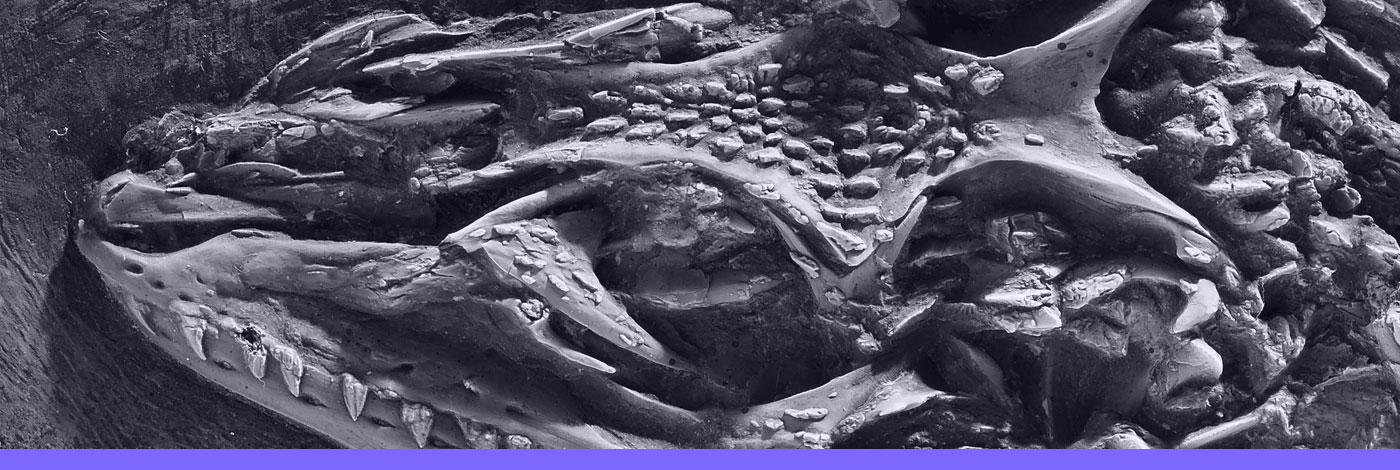

 Comptes Rendus Palevol
24 (2) - Pages 19-44
Comptes Rendus Palevol
24 (2) - Pages 19-44This research examines the unique lithic technology at the Doi Pha Kan site dated 13 300 to 12 800 calBP in Northern Thailand during the Hoabinhian period (which globally extends from the final Late Pleistocene to Mid Holocene) by means of a technological and morpho-metric analysis. While it shares similarities with typical Hoabinhian assemblages, significant deviations in reduction methods, targeted tool types, and the singular presence of reduction sequences dedicated to the production of a diversity of slab tools. Nevertheless, the study blanks the existence of a distinct population within the Hoabinhian world, indicating a shift towards lighter, composite tools, which may represent a modern trajectory or the final phase of the Hoabinhian culture. The study also explores the potential influence of climatic fluctuations at the end of the Late Pleistocene on human behaviors and the evolution of modern human diversity in Southeast Asia. However, due to limited available paleoenvironmental data and data with a few seasonal contrasts in the tropics within a world without winter, a direct connection remains elusive for the moment. The study underscores the need for further research and interdisciplinary collaboration for comprehensive understanding of human paleoecology in the region as well as innovative technical adaptation.
Hoabinhian, lithic technology, Pleistocene-Holocene transition, paleoecology, Southeast Asia